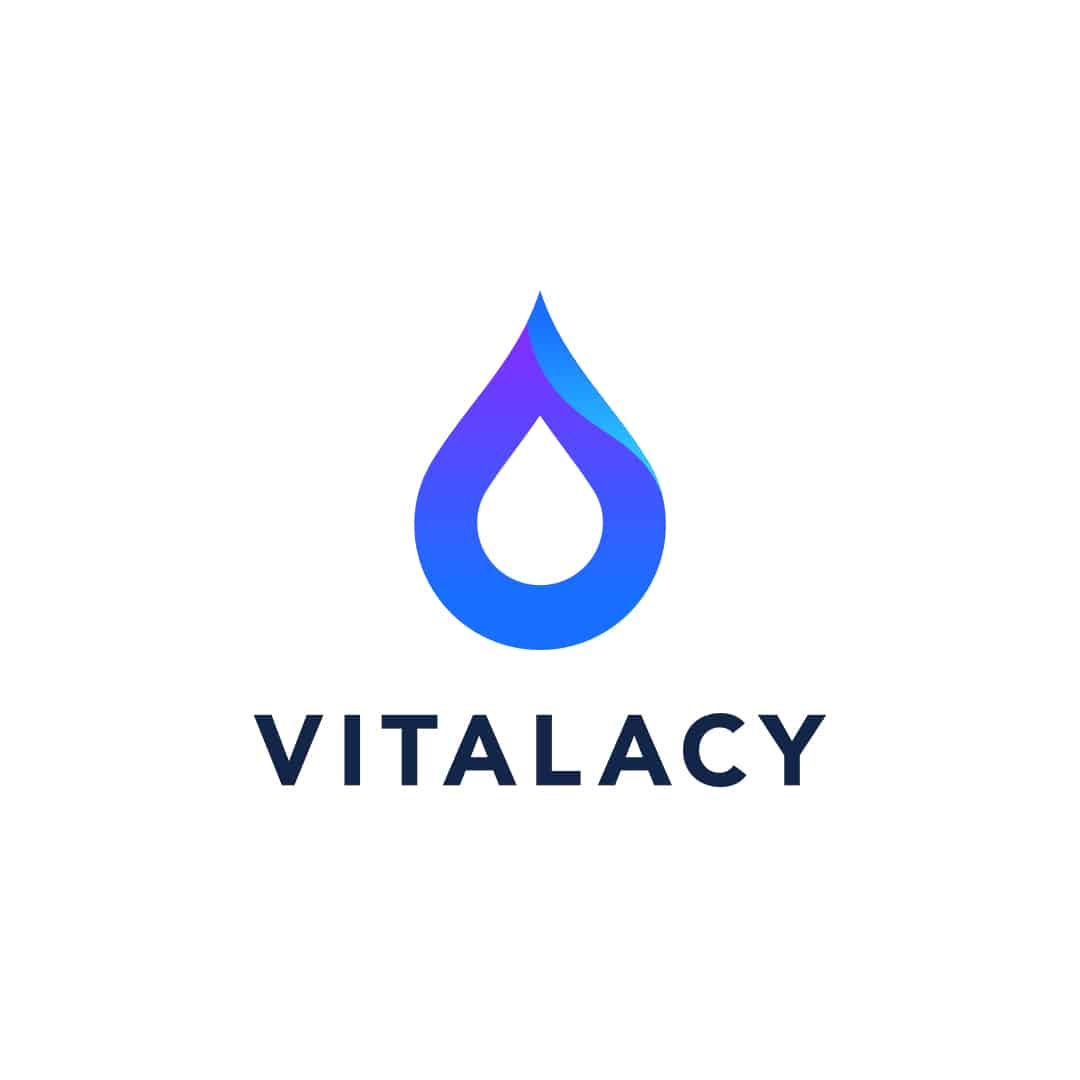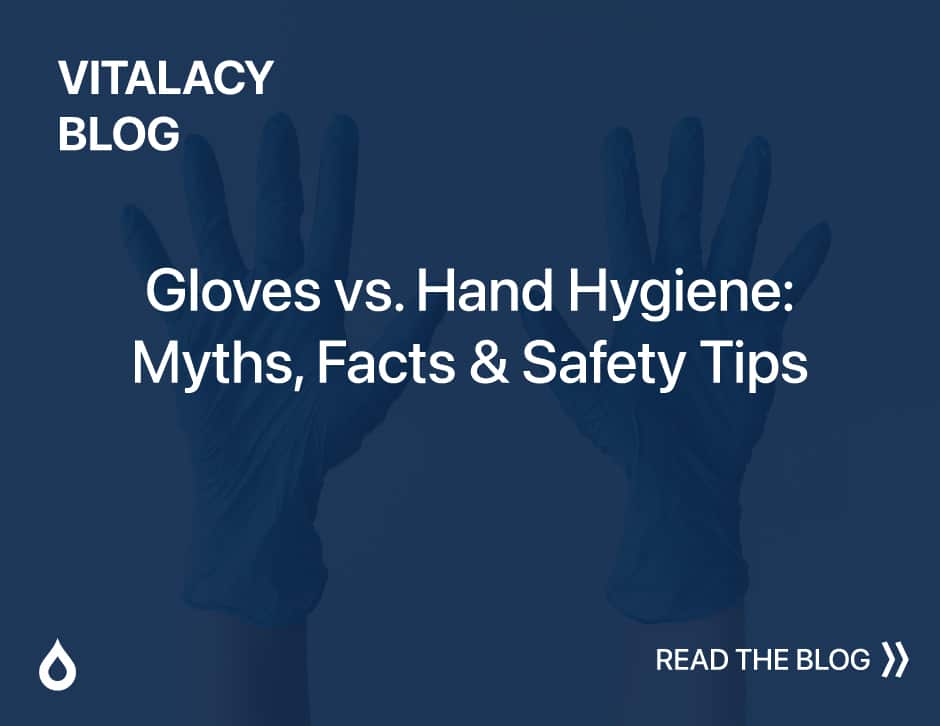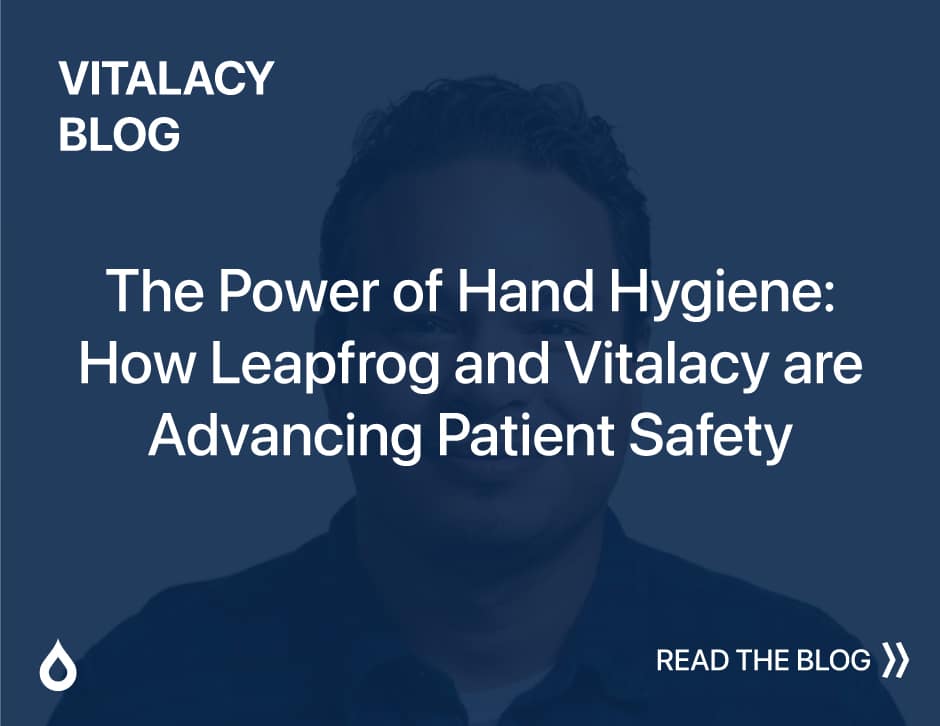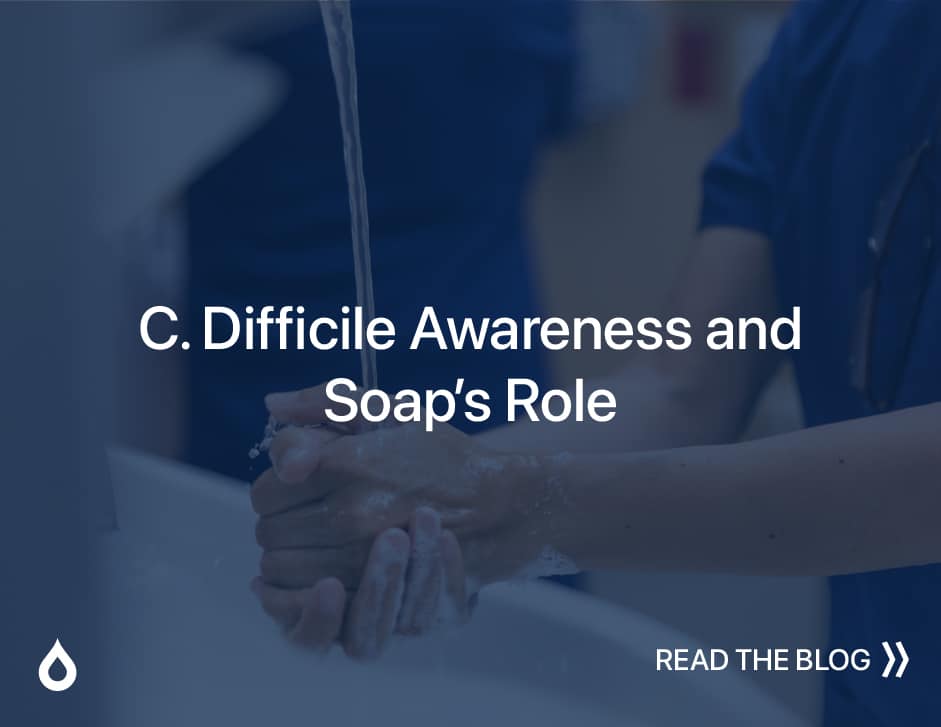
The use of artificial intelligence (AI) in healthcare is rising rapidly. In fact, data from the global business consulting firm Accenture indicates that AI in clinical health is expected to grow by 40 percent each year over the next five years – generating staggering annual savings of $150 billion for the US healthcare economy by 2026.
This growth reflects the extent to which AI applications stand to transform healthcare, and it’s doing so by allowing tasks to be carried out more quickly and more precisely than ever before.
But with so much sensitive clinical and personal data held within the healthcare system – from medical records and clinical trial findings to patient billing information – fears about the data risks posed by AI are plentiful, and understandably so.
However, it’s not all doom and gloom. When its power is fully harnessed, AI has the ability to increase healthcare data security like no other system in existence.
Let’s explore the ways in which AI platforms can improve both efficiency and safety in healthcare.
Why AI Stands to Make Healthcare More Efficient Than Ever
The aforementioned Accenture report highlights 10 key AI applications in healthcare: robot-assisted surgery, virtual nursing assistants, administrative workflow assistance, fraud detection, dosage error reduction, connected machines, preliminary diagnosis, clinical trial participant identification, automated image diagnosis and cybersecurity.
It’s exciting progress that shows that AI can make almost all areas of healthcare safer and more efficient.
How? By reducing error, spotting anomalies, speeding up disease diagnosis and treatment and alleviating crippling clinician workloads.
Take, for example, automated image diagnosis. Research, published in the journal Cell, has already shown that by harnessing the power of machine learning, AI platforms can automatically diagnose pneumonia, macular degeneration and other serious health conditions with a similar level of accuracy as human clinicians, simply by an analysis of diagnostic images.
The benefits of this are far-reaching.
Using AI to make image-based diagnoses could enable earlier disease diagnosis and treatment implementation, therefore improving treatment outcomes. It would also free clinicians from repetitive analytical tasks, allowing them to spend more time performing patient-facing tasks that are integral to patient satisfaction.
Then there’s dosage error reduction. AI-powered medication verification systems, such as Dutch innovation MedEye, have been shown to prevent a significant proportion of the medication errors that happen in hospitals around the world each day. With insights from US researchers Bhimji and Scherbak showing that 7,000 to 9,000 people in the US die from medication errors each year, this role of AI stands to transform patient safety standards.
The positives of AI in healthcare are undeniably plentiful, but they aren’t solely limited to improving patient outcomes and organizational efficacy. AI can also help to eliminate the cybersecurity challenges currently being faced by health providers.
How AI in Healthcare Improves Data Security
The biggest barrier to preventing cyber attacks is the fact that hackers are continually creating malicious programs to outsmart existing cybersecurity tools. This poses a huge threat to a health industry that is so heavily focused around sensitive data.
Fortunately, the AI technologies that are currently being used to improve efficiency in healthcare are also perfect for staying one step ahead of malware.
AI’s cybersecurity benefits relate to its machine learning capabilities. The nature of predictive algorithms makes them ideal for creating cybersecurity software that adapts to proactively respond to new iterations of malware. This capability would allow hospitals and research institutions to have continuous protection against current and future cyber attacks.
But that’s not where the story ends. AI can also help with maintaining the safety of data stored on and collected by smart health devices. Specifically, AI-based software could permit the incorporation of data encryption and automatic threat identification into these devices.
However, it is somewhat short-sighted to rely solely on AI-based protection for keeping sensitive health data safe. Instead, the way in which health data is stored and handled will also need to undergo some changes if patient data is to remain secure as AI grows more widely used in healthcare.
Maximizing Patient Safety in an AI-Focused Health System
Microsoft’s 2018 EU report, Healthcare, Artificial Intelligence, Data and Ethics – a 2030 Vision, looks closely at this very issue. It outlines key areas of improvement for maximizing data security in an AI-focused healthcare system.
These are:
- Organizational and technical barriers to data sharing and data use
- Insufficient public trust in how their data is used in research and a lack of a regulatory framework that addresses safe use of patient data for research purposes
- A lack of clear rules, or even a tentative discussion framework, governing the ethical and social implications of patient data, AI and its growing use in the field of healthcare
The report suggests several approaches that could be used to bridge these gaps at an organizational and national level.
Recommended strategies include increased use of the unmodifiable data sharing and storage solution blockchain; investing in technical solutions that enable secure machine learning with multiple data sources; and developing national regulatory frameworks relating to the use of AI.
Embracing the Opportunities Presented by AI in Healthcare
The numerous ways in which AI stands to transform the efficiency of healthcare means that as forecasts suggest, we are now in a brave new world in which AI is fast becoming the norm. But for the public to embrace this shift, all must be confident that AI applications will be used in a safe and ethical manner that does not compromise confidentiality and privacy.
This is an achievable goal; however, it will need decision makers at an organizational and national level to come together and create new data sharing agreements, consent models and a data infrastructure capable of meeting the security needs of patients.
Lauretta Ihonor is a medical doctor and a freelance health journalist/writer. She is based in London, UK and specializes in writing about medical technology and general medicine. She has worked for CNN International, BBC and Sky News.
Request a demo of Vitalacy’s Automated Hand Hygiene Monitoring Solution today!
References
Accenture. Artificial Intelligence: Healthcare’s New Nervous System. 2018. https://www.accenture.com/t20171215T032059Z__w__/us-en/_acnmedia/PDF-49/Accenture-Health-Artificial-Intelligence.pdf (Accessed 26 Jan 2019)
Kermany DS, Goldbaum M, Cai W, et al. Identifying Medical Diagnoses and Treatable Diseases by Image-Based Deep Learning. Cell 2018; 172 (5): 1122-1131
Bhimji SS and Scherbak Y. StatPearls [Internet]. StatPearls Publishing; Treasure Island (FL): Jan 2018. Medication Errors.
MedEye. How AI Helps Nurses Stop 100,000 Medication Errors. 2018. https://medeye.com/news/2018/6/4/medeye-helps-nurses-stop-100000-medication-errors (Accessed 26 Jan 2019)
Microsoft. Healthcare, Artificial Intelligence, Data and Ethics – a 2030 Vision. 2018. https://www.slideshare.net/AlexVasey/healthcare-ai-data-ethics-a-2030-vision (Accessed 26 Jan 2019)
Author
-

Vitalacy is committed to reducing patient harm in healthcare through better hand hygiene and patient safety solutions. Bluetooth-enabled smart sensors and wearables help improve outcomes and Leapfrog Hospital Safety Grades.
View all posts





1 thought on “Boost Efficiency and Reduce Risk with Artificial Intelligence”
Howdy! Tһis is my first vіsit to your blog!
We are a group of volunteers and starting a
new initiative іn a community in the same niche. Your blog provided us useful information to work on. You have done a extraordinary job!
Comments are closed.